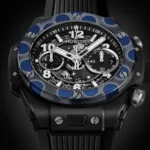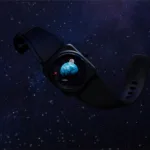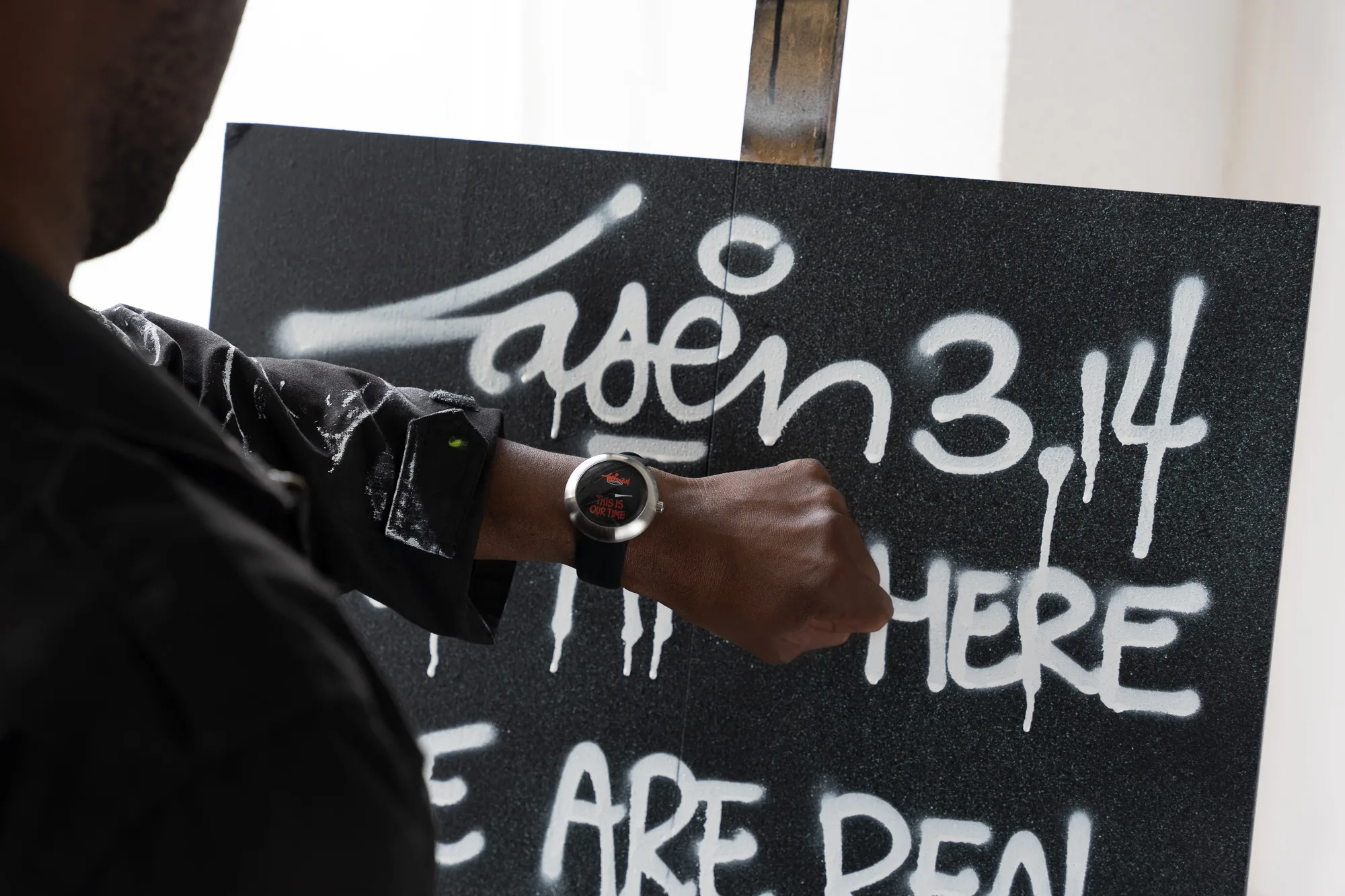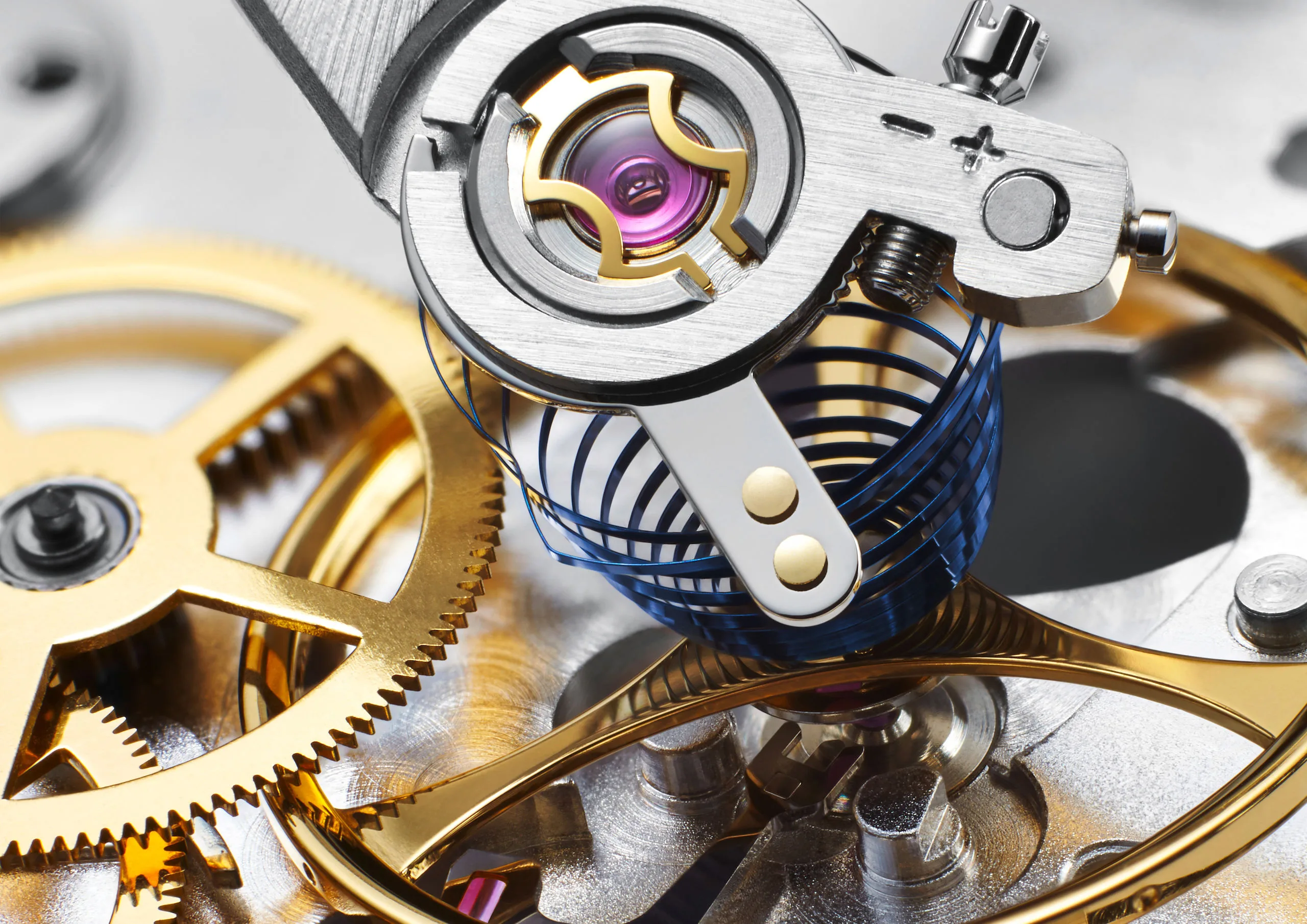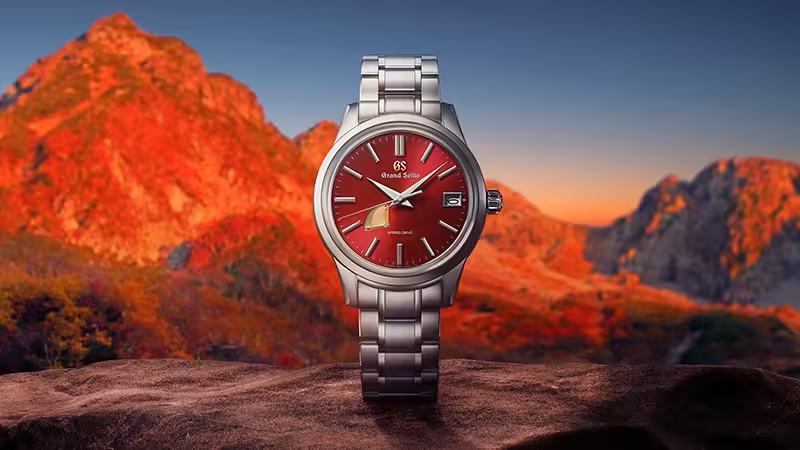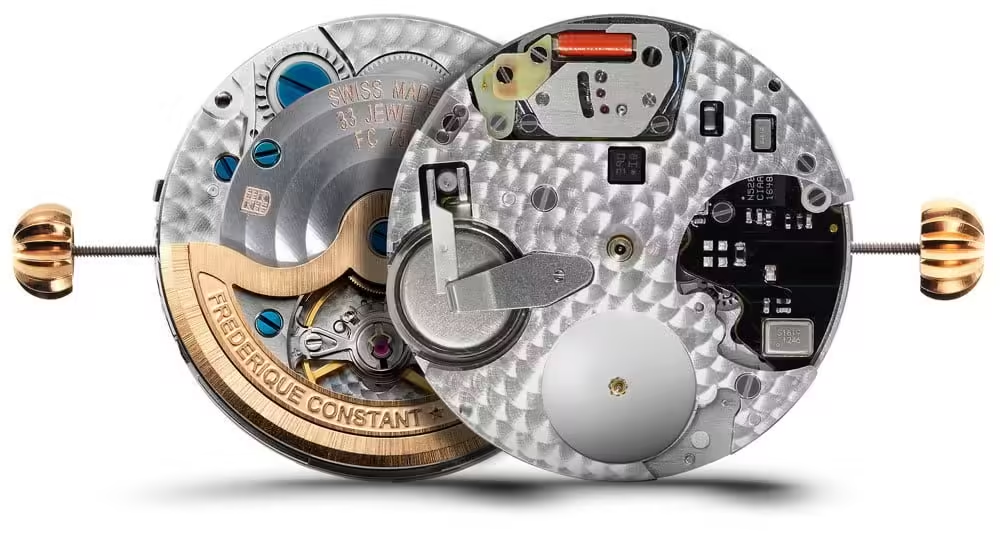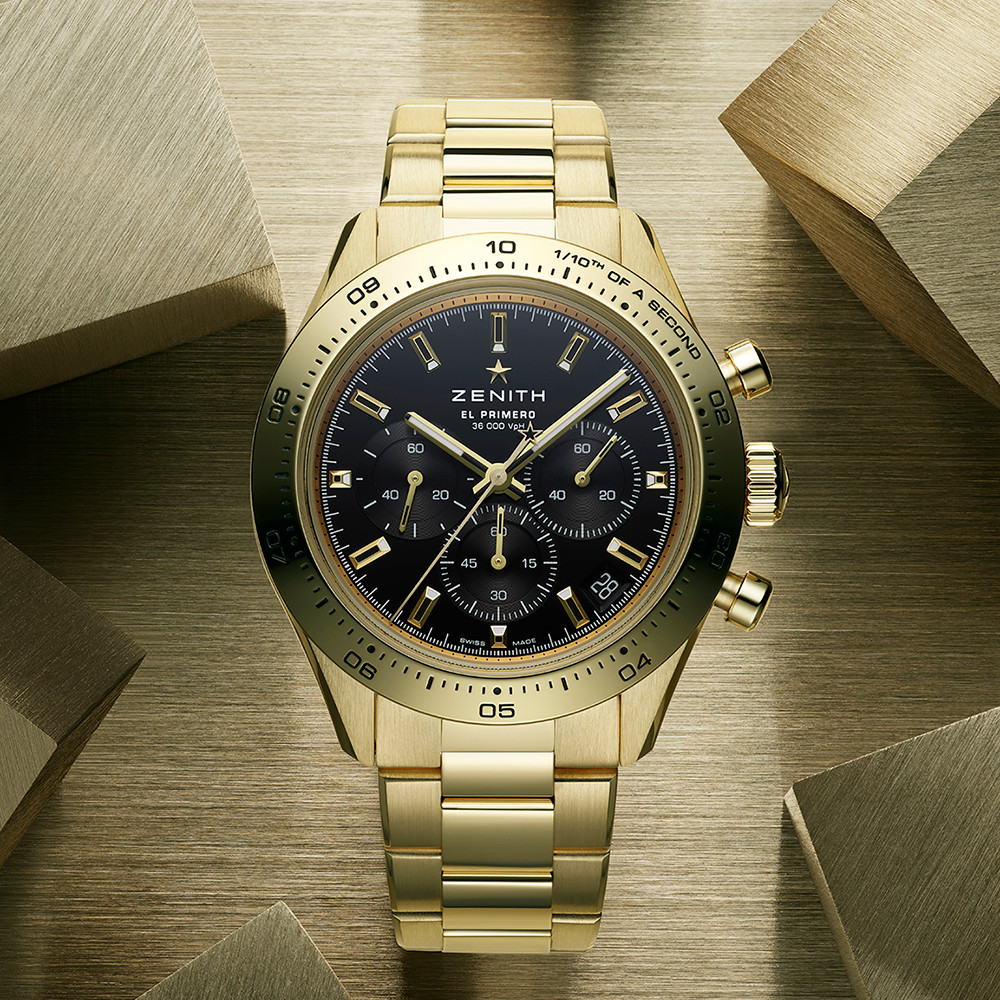A few years ago, MING Watches embarked on the challenge of creating what they believe to be the world’s lightest mechanical wristwatches. The solution to this challenge demanded an exhaustive exploration of metallurgy and development. Today, MING Watches is delighted to introduce the MING LW.01 Manual and LW.01 Automatic, weighing in at a mere 8.8 and 10.8 grams, respectively.
MING Watches established some “conventional” criteria for this timepiece: it had to maintain a wearable size of 38mm and retain the tactile qualities of metal. More importantly, they insisted on not compromising its technical integrity solely for the sake of reducing weight, which accounts for the extended development timeline.
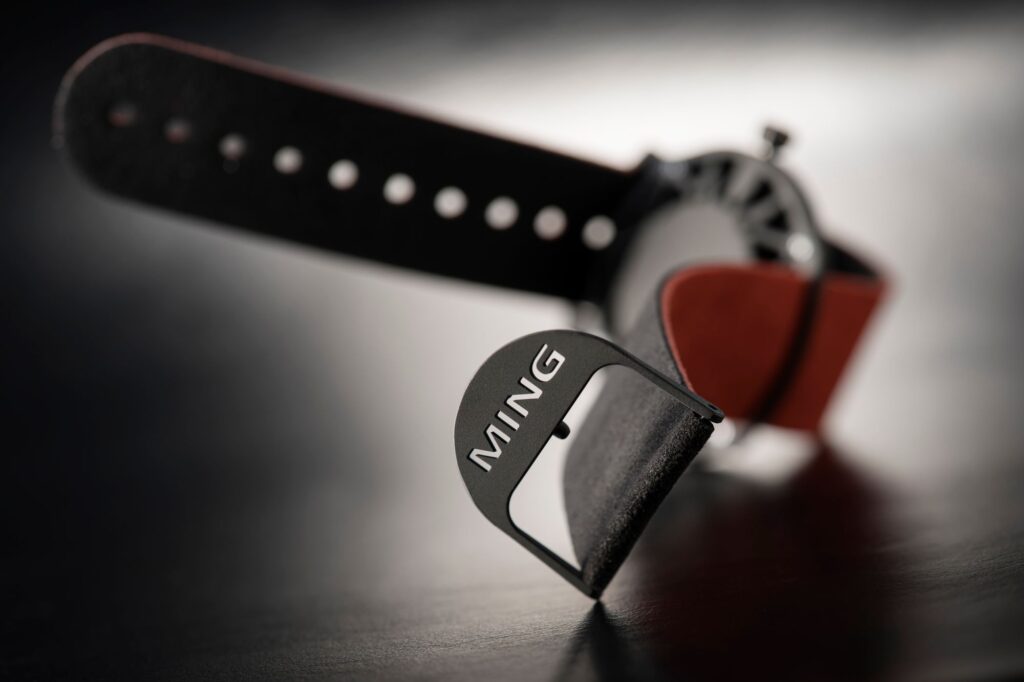
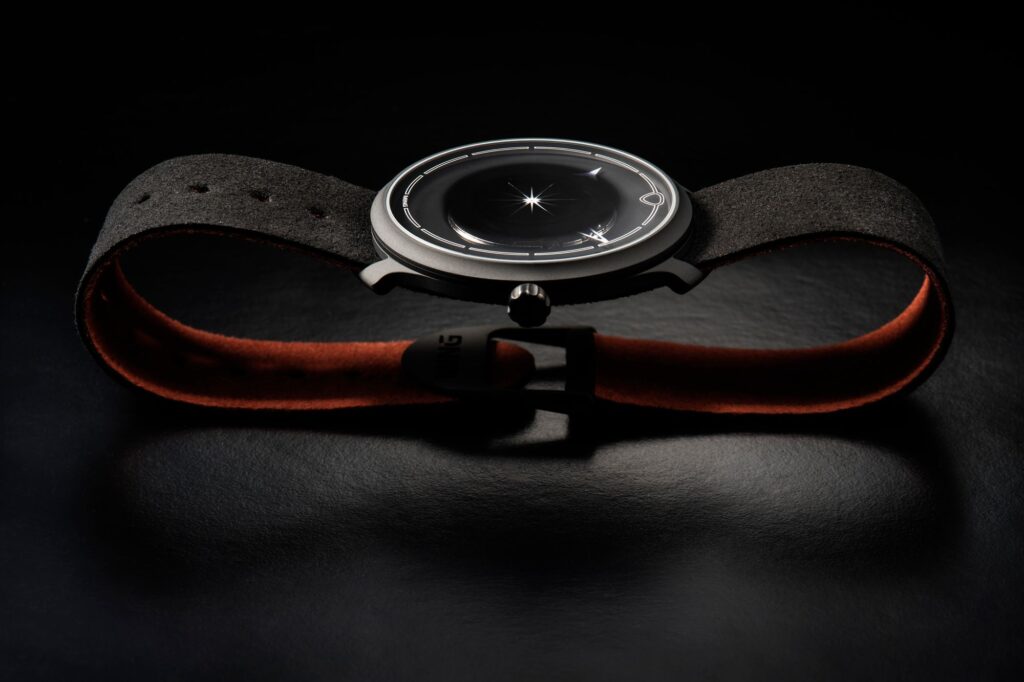
Every individual component of the watch has been meticulously optimized to achieve the perfect balance between durability and weight. This optimization included reimagining the construction of the case and assembly, as well as exploring a wide range of ultralight materials, including carbon fiber derivatives and hollow-core 3D printing.
The result is a complete head weight of a mere 8.8 grams for the manual winding version and 10.8 grams for the automatic winding version. The matching material buckle adds an additional 0.6 grams, and the high-quality ‘record’ spec Alcantara strap contributes just 1.2 grams. This results in a fully wearable watch weighing 10.6 grams or 12.6 grams.
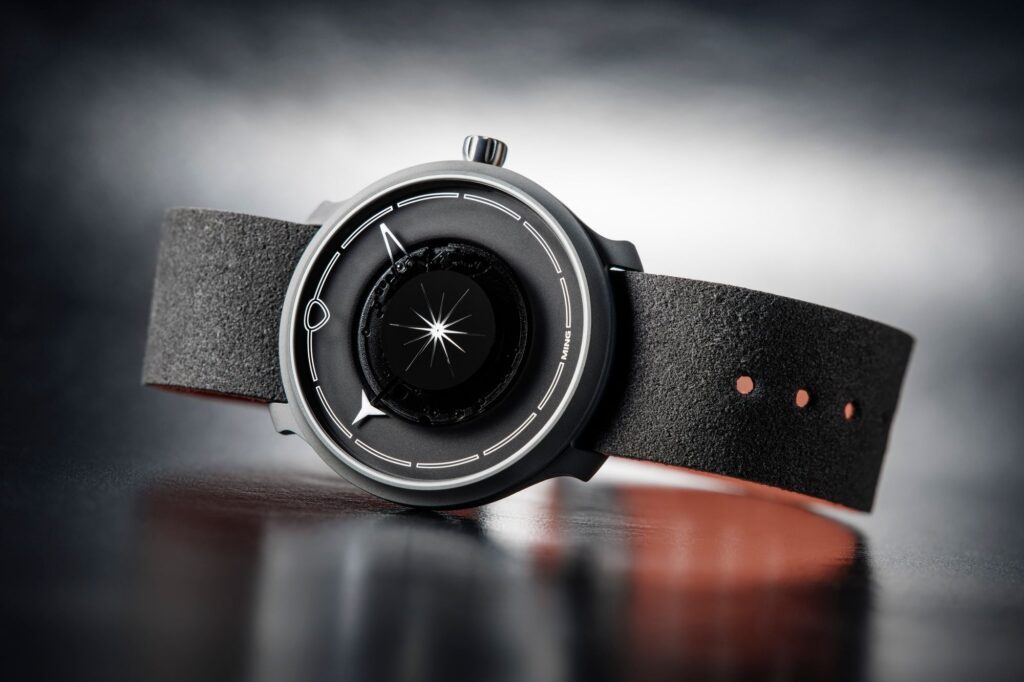
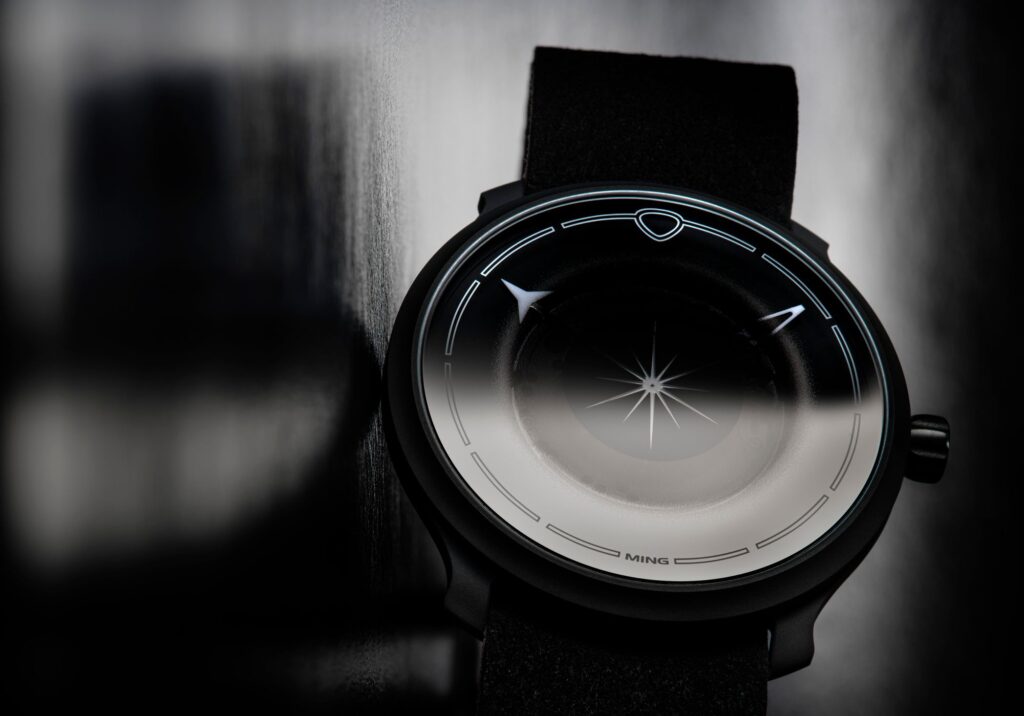
The watch can be explored by clicking the button above, and there is also a brief video below discussing the design and engineering challenges of the LW.01.
The LW.01 is a release by the MING Special Projects Cave, with a total production limited to 200 watches across both variants, and it is priced at CHF 19,500. A 50% deposit is required for order confirmation. Collectors on the SPC Interest List will have early access starting immediately, and general orders will open tomorrow, on October 27, 2023, at 1 PM GMT, or at the following times in various locations:
- 6 AM in San Francisco
- 9 AM in New York
- 2 PM in London
- 3 PM in Geneva
- 5 PM in Dubai
- 9 PM in Kuala Lumpur
- 10 PM in Tokyo
- 12 AM, the following day, in Sydney
Customers have the choice between the manual version for ultimate lightness or the automatic version for practicality at the time of placing their orders. Deliveries are anticipated to commence in the fourth quarter of 2024.
For more information, please visit MING.watch.
Background: the Challenge
MING Watches embarked on this endeavor to push the boundaries further than any other brand had ventured before, all in pursuit of an exceptional challenge. However, they adhered to certain “conventional” constraints for this project. The watch had to maintain a wearable size and preserve key tactile qualities, such as the texture and thermal characteristics of metal. Most importantly, practical wearability was a paramount consideration, and the technical integrity of the watch was not to be compromised solely for the sake of reducing weight. This uncompromising approach, understandably, resulted in a development timeline longer than initially anticipated, demanding an exhaustive exploration of metallurgy and testing.
Exotic Solutions to Achieve Unprecedented Lightness:
MING Watches initiated their journey by completely reimagining the construction of the watch case to minimize the use of metal while simultaneously maximizing rigidity. In a conventional watch, the dial is affixed to the movement, which, in turn, is fixed to the caseband. Upper and lower bezels form the front crystal and caseback. However, the MING LW.01 adopts a combined “dial” ring and movement holder, reminiscent of a hat, with certain sections as thin as 0.5mm but reinforced for strength. To prevent damage to the dial or movement, this assembly is supported from the rear by a cage with 3D struts, which also seals the entire assembly to the bezel. Remarkably, there is no traditional dial; the outer ring serves as the movement holder, and the central movement portion is concealed by a gradient print on the outer crystal, which also contains the index markings.
A wide array of ultralight materials, including carbon fiber derivatives and hollow-core 3D printing, were explored. However, AZ31 Magnesium-Aluminium-Zinc-Manganese alloy from Smiths High Performance emerged as the preferred choice due to its lighter weight than carbon, consistent production quality, and the essential retention of the metal’s tactile qualities. This material also undergoes surface treatment through plasma-electrolytic oxidation by Keronite for corrosion resistance and biocompatibility, followed by an additional composite protective layer. Meticulous material selection extended to the crystal, which departs from sapphire to Corning Gorilla Glass 6 via Knight Optical. Notably lighter than traditional sapphire, it retains high impact resistance and 670 Vickers hardness.
Every component in the watch, down to the screws made from PEEK composite, the hollowing of the bezel, and the case buttressing’s angling, was optimized to strike the perfect balance between durability and weight. The crown, constructed from anodized aluminum, was selected for its durability and threading performance. Finite element simulation was used to verify the overall torsional rigidity of the watch case. The integral bars are both machined from the same billet as the case, enhancing rigidity while remaining lighter than steel spring bars.
The final outcome is a complete watch head weight of just 8.8 grams for the manual winding version, 10.8 grams for the automatic winding version, with an additional 0.6 grams for the matching AZ31 buckle and 1.2 grams for the ‘record’ spec Alcantara strap. This results in a ready-to-wear watch weighing 10.6 grams or 12.6 grams.
Referencing Distinctive Features:
The LW.01 boasts several distinctive features paying tribute to earlier MING creations, such as the pulse seconds disc with an interference pattern, a shuriken hour hand, and the gradient and skeleton peripheral ring on the crystal. The indices are a visually lighter, skeletonized version of previous designs. It also incorporates the signature flared lugs and ergonomic crown from MING’s other timepieces.
Collaborative Efforts:
To machine AZ31 magnesium to the required wall thicknesses and tolerances called for a unique expertise. Reto Helfenstein of Helfenstein Mechanik, with extensive experience in aerospace materials, proved instrumental. The raw AZ31 billet is sourced from Smiths High Performance in the UK, and Keronite handles the plasma-electrolytic oxidation. Manufacture Jean-Rousseau crafted the single-layer Alcantara straps, which weigh just 1.2 grams but offer a soft and comfortable wear. The package includes a selection of other straps to cater to different preferences. Additionally, a second buckle, in aluminum and following MING’s tuck buckle design, is provided by DBMF. Manufacture Schwarz-Etienne played a pivotal role in determining which components within the ETA2000 could be lightened for weight reduction without sacrificing reliability. Final assembly and testing take place at Schwarz-Etienne.
